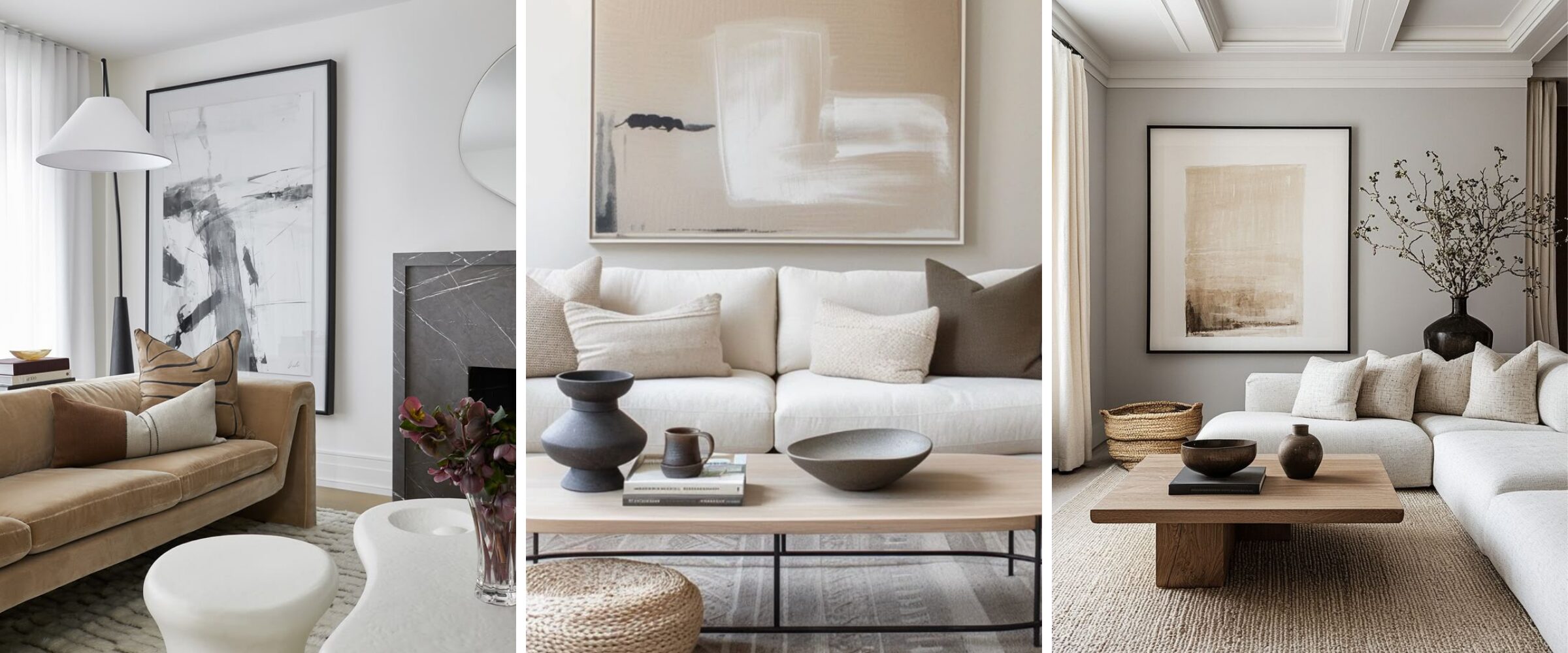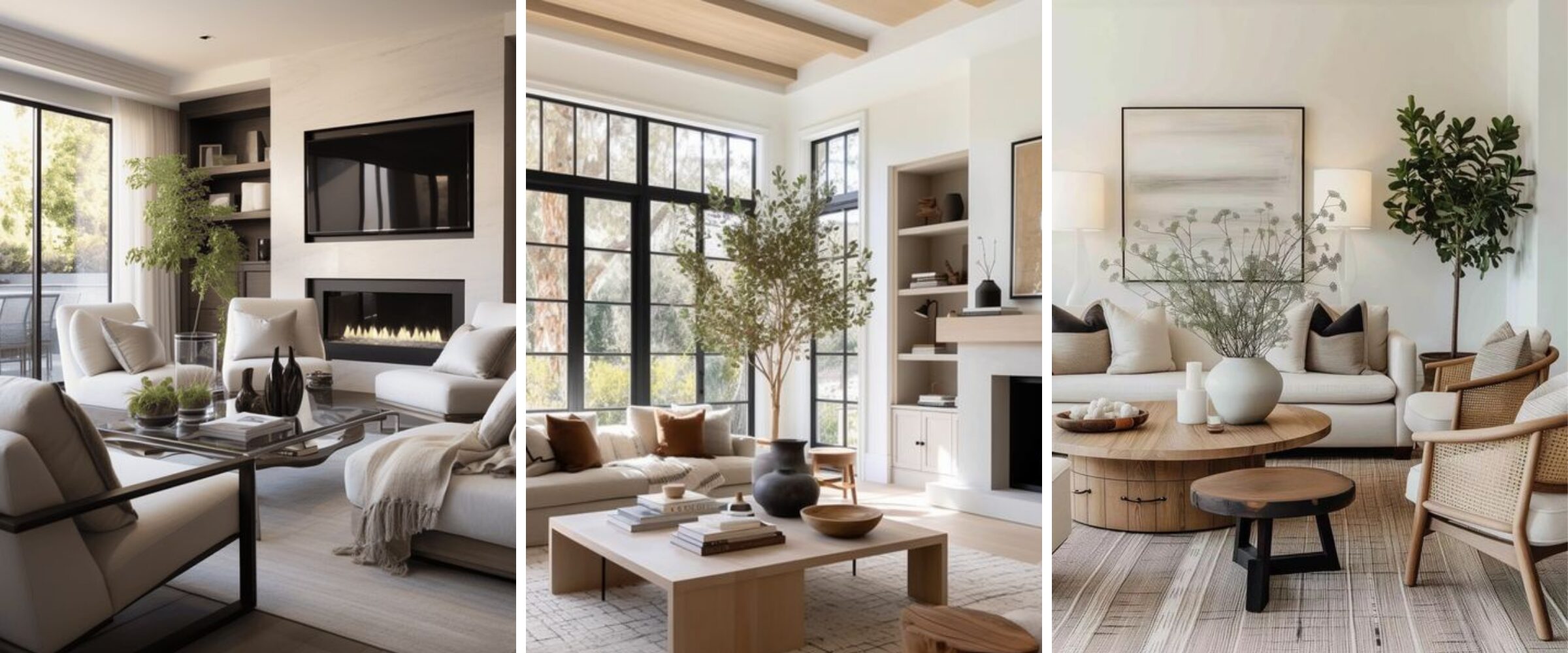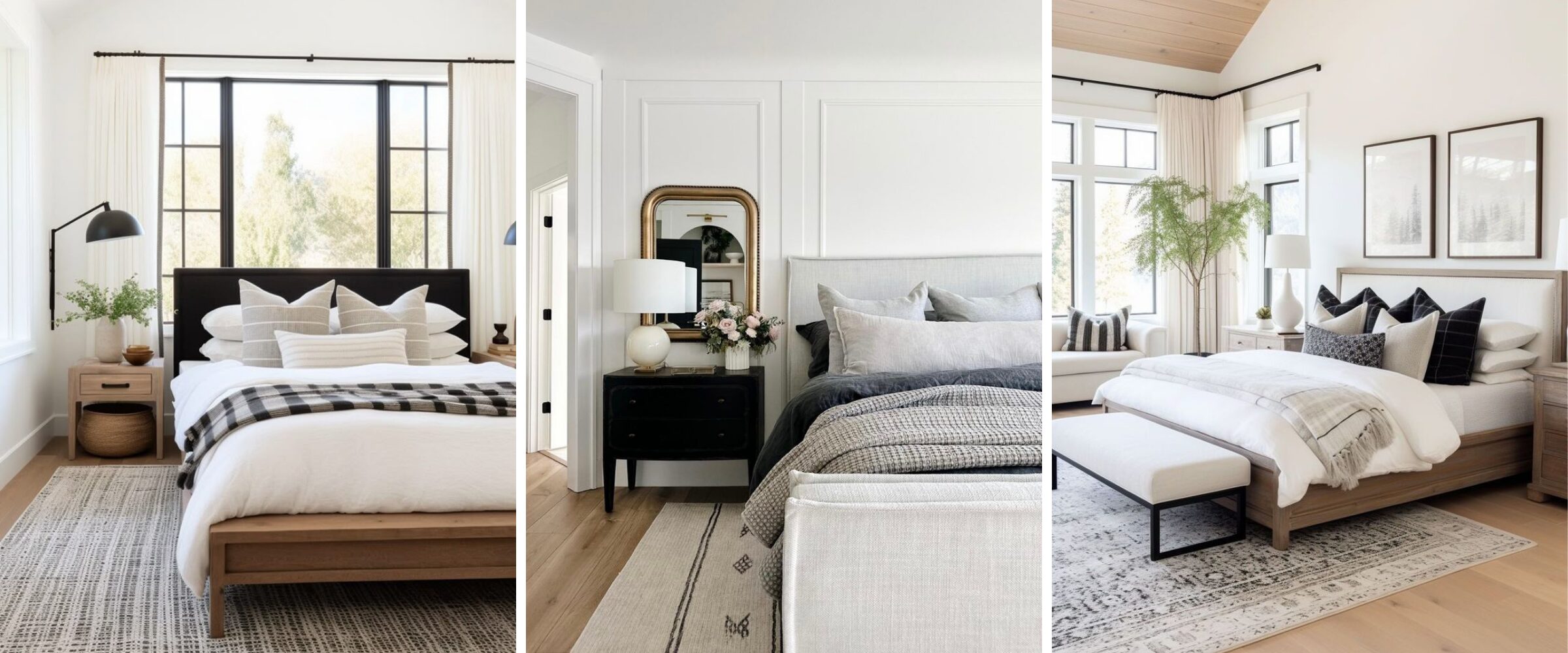Does your home feel like the haven you’ve always dreamed of, or is it more of a source of stress than serenity?
The truth is, your home has a profound impact on your mental well-being. In fact, studies have shown that disorganized, poorly designed spaces can increase cortisol levels, leaving you feeling anxious, overwhelmed, and even exhausted. Who needs that? Nobody!
But there is good news! With a few thoughtful design changes, you can transform your home into a stress-free sanctuary that nurtures your mind and soul.
This is a topic that’s close to my heart and one of the big reasons I left my corporate career to start an interior design business.
In this post, we’re diving into the surprising ways your home might be adding to your stress and, more importantly, how to fix it.
From choosing calming colors to rethinking layouts, you’ll learn how to create a space that doesn’t just look beautiful—it feels good to live in.
Ready to design your way to a more peaceful life? Let’s get started!

Images via Pinterest.
The Role of Interior Design in Mental Well-being
Before we talk about how to make your home feel more relaxing and less stressful, it’s important to understand the link between your home and your mental health.
Have you ever noticed how stepping into a beautifully designed space instantly puts you at ease? I’m known to ask people to close their eyes and imagine they are walking into the lobby of a luxury hotel.
The second you walk in, you feel immediately at ease, calm and relaxed. That’s because that lobby is designed to make you feel that way.
It’s not just the aesthetics—there’s something deeper happening. The way a space is designed has a profound impact on how we feel, think, and even behave. Interior design isn’t just about making a room look good; it’s about creating an environment that supports your mental and emotional well-being.
Think about it. A clutter-free living room with cozy textures and soft lighting can make you feel relaxed and grounded, while a bright, functional kitchen can energize and inspire you to take on the day.
On the flip side, poorly designed spaces can create stress without you even realizing it. Ever struggled to relax in a room that feels cramped or disorganized? That’s your environment working against you.
At its core, interior design is about aligning your space with your needs. This could mean adding more natural light to boost your mood, choosing soothing colors to reduce anxiety, or even rearranging furniture to improve the flow and functionality of your home. Small changes can have a big impact, helping you feel more in control, balanced, and calm.
Interior design is more than just decoration; it’s a tool for well-being. When your home works for you, not against you, it becomes a place where you can truly thrive. And that’s a change worth investing in.
Now let’s look a little deeper into what might be causing stress in your home.

Images via Pinterest.
How Your Home Might Be Stressing You Out
Sometimes, it’s the little things we barely notice, like a cluttered countertop or harsh lighting, that can subtly chip away at our sense of calm. Other times, it’s bigger issues, like poor layout or mismatched decor, that make a space feel more chaotic than comforting.
Let’s dive into some of the most common culprits and how to spot them in your own home. You might be surprised by how much these small factors can influence your mood.
1. Visual Clutter Overload
This might look like piles of mail on the counter, random objects scattered across the coffee table, and a closet that seems to spill out every time you open it. Sound familiar? Visual clutter sends signals to your brain that there’s unfinished business, making it nearly impossible to truly relax. Your mind can’t help but feel as cluttered as your surroundings.
The Fix: Start small. Clear off a single surface or tackle one drawer at a time. Storage solutions like baskets, bins, and shelving can also work wonders to keep your space looking neat and stress-free.
2. Poor Layout and Flow
Does navigating your home feel like an obstacle course? When furniture placement blocks pathways or doesn’t suit the way you use the space, it can create subtle frustration. It might not even be something you are consciously aware of. A disjointed layout can even make a room feel smaller and more chaotic than it really is.
The Fix: Rethink the flow of your space. Ask yourself if there is a clear path to move through this room. Arrange furniture to prioritize function and accessibility. Your space will instantly feel more open and inviting.

Images via Pinterest.
3. Harsh Lighting Choices
Lighting might seem like a minor detail, but it has a huge impact on how you feel in a room. Overly bright overhead lighting can feel harsh and clinical, while dim, uneven lighting can leave you straining your eyes. Both can make a space feel anything but cozy.
The Fix: Layer your lighting. Add table lamps, floor lamps, or sconces to create a warm, inviting glow. Swap out harsh bulbs for softer, warm-toned LEDs to instantly make a room feel more calming.
4. Lack of Connection to Nature
When was the last time you brought a little bit of the outdoors in? Sterile, lifeless spaces with no natural elements can feel cold and unwelcoming, leaving you longing for something grounding and organic.
The Fix: Add plants! Or flowers! They’re not only beautiful but also proven to reduce stress and improve air quality. If greenery isn’t your thing, try incorporating natural materials like wood, stone, or woven textures for that connection to nature.
5. Mismatched or Overwhelming Colors
Ever felt unsettled in a room without knowing why? The colors around you might be the culprit. Loud, clashing hues or overly busy patterns can overstimulate your brain, while dark, oppressive tones can dampen your mood.
The Fix: Opt for a calming palette when you start decorating. Think soft neutrals, earthy greens, or tranquil blues. These colors have a grounding effect, helping your space feel like a sanctuary.

Images via Pinterest.
Creating a Home That Supports Your Well-being
Your home is so much more than just four walls and a roof—it’s where life happens. It’s where you start your mornings, unwind after a long day, and make memories with the people you love. So, if your space isn’t making you feel calm, happy, and at ease, it’s time to change that.
The good news? You don’t need a full renovation to feel the difference. Start small: clear off that cluttered counter, swap in some soft lighting, or bring in a couple of plants to add a fresh, calming vibe. It’s amazing how even tiny tweaks can shift the energy of a space and, in turn, your mood.
Remember, it’s not about making your home look perfect. It’s about creating a space that feels like you. A home that hugs you the second you walk in the door, giving you that deep exhale you’ve been craving.
So, what’s the first thing you’re going to tackle? Is it that cluttered living room, the harsh lighting in your dining area, or maybe the chaotic flow in your kitchen? Whatever it is, I’d love to hear about it.


